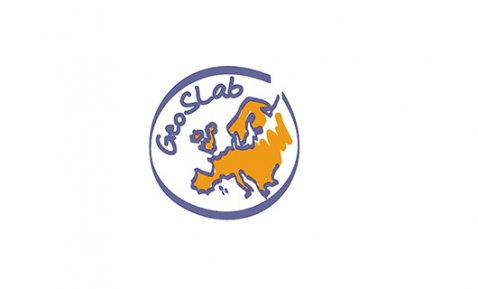GEOSPATIUMLAB, S.L.
Year the company was founded: 2007
Company web page: http://www.geoslab.com

GeoSpatiumLab (GeoSLab) was born in January 2007 on the technological basis and knowledge of the Group of Advanced Information Systems of the University of Zaragoza (http://iaaa.unizar.es). Since then, it has made different alliances with other Research Groups at the University of Zaragoza and other Spanish universities. Geoslab has been working to:
• Provide value to its customers from the management of geospatial information that affects their activity.
• Maintain its specialization in the management, publication, visualization and analysis of geolocated information. This leads him to a permanent updating and learning process to be able to use and apply the most innovative technological tools and knowledge for working with geographically-based information.
• Develop solutions based on free software, for web and / or mobile environments, following international standards that guarantee their interoperability.
Main products and services:
• Technological consulting specialized in the implementation of Spatial Data Infrastructures (IDEs) and their adaptation to the INSPIRE Directive.
• Treatment of geographic data (metadatation, transformation, aggregation, etc.)
• Development of web and mobile applications
• Integration of information systems
• Scoreboards
Key to success:
Commitment to clients and their needs.
Technological specialization that allows to be a reference in the solutions that are proposed.
Adaptation to diverse thematic contexts (agriculture, health, local administration, mobility, etc.) that allows the transfer of previous experiences and innovative approaches.
Growth:
Staff with 12 highly qualified professionals (includes two doctors).
Evolution of a business model based on projects to open to services and products.
Strong increase in the presence of private clients in the last three years.
Future plans:
On the one hand, maintaining the current level of innovation (maintaining and expanding relations with R&D centers), as well as a commitment to free software and the use of open information resources.
On the other hand, two big goals are set in the medium and long term:
• Implementation of products and services with great scalability to reach many customers on the optimization of technology.
• Internationalization of clients (Europe and Latin America, mainly) both for projects and for products and services.
Data used:
• CAP sites provided by the Autonomous Communities through their open data portals
• Data provided by the Ministry of Agriculture, Fisheries and Food (Registry of Phytosanitary Products and others)
• Data from the ESA constellation Sentinel
• Data from the Zaragoza City Council open data portal
• Data from the National Geographic Institute
• Data and services coordinated by the Spatial Data Infrastructure of Spain (IDEE)
URL to catalog/s data source:
Company size:
11-50 employeesHeadquarters:
ZaragozaOffices in:
ZaragozaCustomers:
• Spanish public administration of all levels: National Geographic Institute, Geological and Mining Institute, Ebro Hydrographic Confederation, Duero Hydrographic Confederation, Government of Aragon, Generalitat of Catalonia, Alava Provincial Council, Barcelona Provincial Council, Zaragoza City Council, City Council from Madrid,.
• European Institutions: Joint Research Center of the European Commission
• Technology companies that Geoslab accompanies adding its specialization
• Private clients from different sectors: agriculture, health, technology and communications, tourism and rural development
Marketing model:
GeoSLab develops both tailor-made projects and technological products and services.
In the latter case, the company has pay per use models (for example https://www.swofi.com, https://www.agroslab.com) and free models with advertising included (for example https: / /play.google.com/store/apps/details?id=com.geoslab.farmaciasahorazgz&hl=es)
Further information:
suzarso@geoslab.comContent provided by the reuse company.
The content and opinions shown in this publication are the exclusive responsibility of the author.











